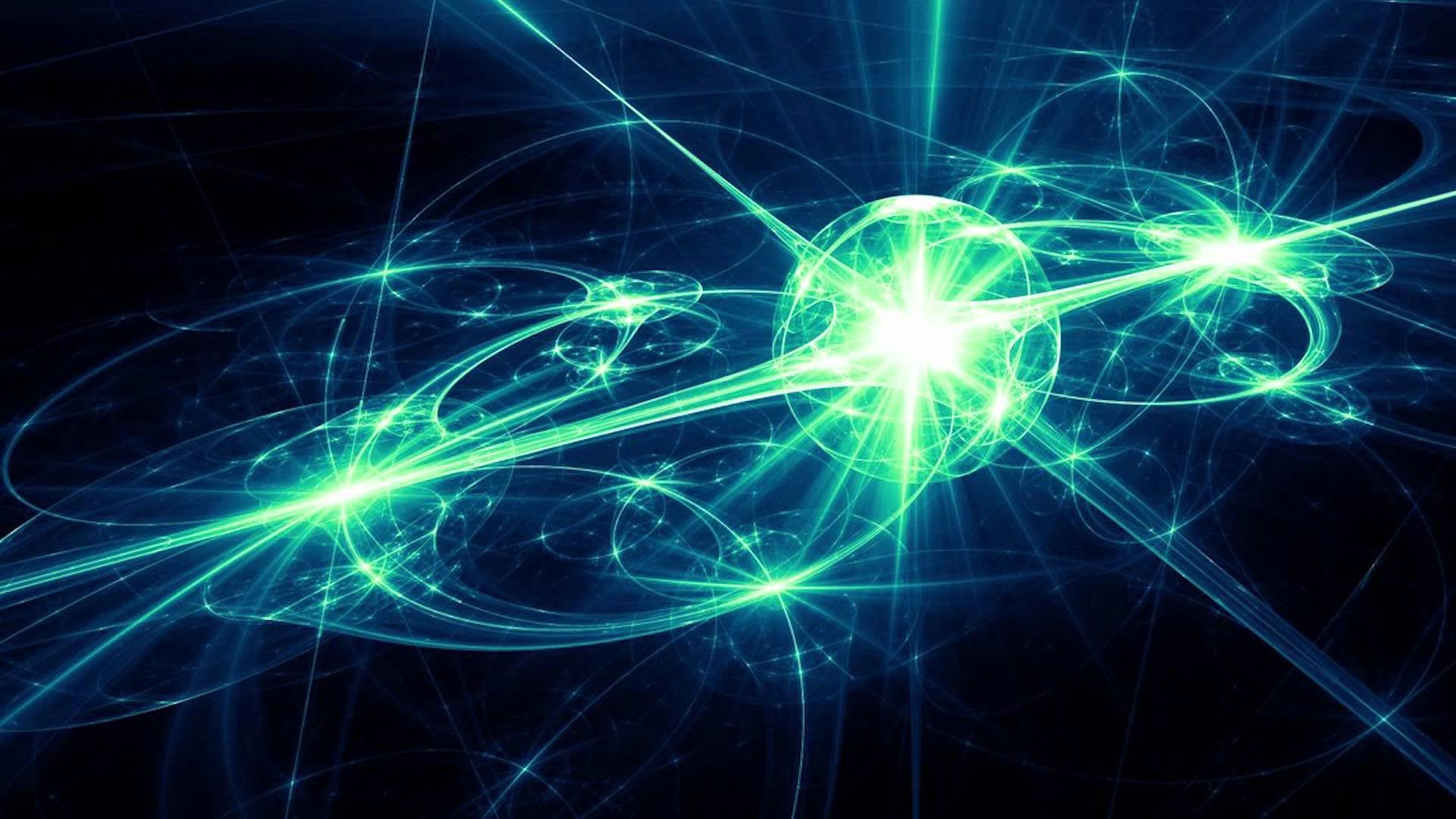
أوضحت الدراسة أن الشحنة الفسيفسائية هي نتيجة مباشرة لتخطيط البيئة والتنمية المستدامة.
كانت كهربة الاتصال (CE) هي المصدر الأول والوحيد للكهرباء للبشرية حتى القرن الثامن عشر ، لكن طبيعتها الحقيقية لا تزال لغزًا. اليوم ، تعتبر مكونًا رئيسيًا لتقنيات مثل طابعات الليزر ، وعمليات تصنيع شاشات الكريستال السائل ، والطلاء الكهربائي ، وفصل البلاستيك لإعادة التدوير ، وأكثر من ذلك ، فضلاً عن المخاطر الصناعية الكبرى (تلف الأنظمة الإلكترونية ، والانفجارات في مناجم الفحم ، والحرائق في المواد الكيميائية. المصانع) تفريغ الكهرباء الساكنة (ESD) المصاحبة لـ CE. دراسة نشرت عام 2008 طبيعة سجية في الفراغ ، تكون وحدات التفريغ الكهروستاتيكي (ESD) لشريط لاصق بسيط قوية جدًا لدرجة أنها تولد ما يكفي من الأشعة السينية لالتقاط صورة بالأشعة السينية للإصبع.
لفترة طويلة ، كان يعتقد أن مادتين متصلين / انزلاقيتين تشحنان في اتجاهين متعاكسين وموحد. ومع ذلك ، بعد CE ، وجد أن كل من الأسطح المنفصلة تحتوي على كل من الشحنات (+) و (-). يُعزى تشكيل ما يسمى بفسيفساء الشحنة إلى القابلية للتكرار التجريبي ، أو التماسك الجوهري للأشياء المتفاعلة ، أو “الطبيعة المتماسكة” العامة لـ CE.
البروفيسور بارتوس أ. من مركز الأمور اللينة والمعيشية في معهد العلوم الأساسية (IBS). مجموعة بحثية بقيادة Grzybowski (قسم الكيمياء). معهد أولسان الوطني للعلوم والتكنولوجيا (UNIST) لأكثر من عقد من الزمان ، حقق سارج في المصادر المحتملة للفسيفساء. ومن المتوقع أن تساعد الدراسة في السيطرة على التصريفات الكهروستاتيكية الضارة وقد تم نشرها مؤخرًا في المجلة

Figure 1. Charge mosaics on contact-charged dielectrics. (a) In a conventional view, two electrically neutral materials (grey) are brought into contact and then separated charge uniformly (lower left), one positive (red) and one negative (blue). In an alternative scenario (lower right), each surface develops a highly non-uniform ‘charge mosaic’ with neighboring domains of opposite charge polarities. (b) Collage of charge mosaics reported in the literature (the years and scale bars are indicated). Credit: UNIST
In the paper published recently in Nature Physics, the group of Professor Grzybowski shows that charge mosaics are a direct consequence of ESD. The experiments demonstrate that between delaminating materials the sequences of “sparks” are created and they are responsible for forming the (+/-) charge distributions that are symmetrical on both materials.
“You might think that a discharge can only bring charges to zero, but it actually can locally invert them. It is connected with the fact that it is much easier to ignite the ‘spark’ than to extinguish it,” says Dr. Yaroslav Sobolev, the lead author of the paper. “Even when the charges are reduced to zero, the spark keeps going powered by the field of adjacent regions untouched by this spark.”
The proposed theory explains why charge mosaics were seen on many different materials, including sheets of paper, rubbing balloons, steel balls rolling on Teflon surfaces, or polymers detached from the same or other polymers. It also hints at the origin of the crackling noise when you peel off a sticky tape – it might be a manifestation of the plasma discharges plucking the tape like a guitar string. Presented research should help control the potentially harmful electrostatic discharges and bring us closer to a true understanding of the nature of contact electrification, noted the research team.
References: “Charge mosaics on contact-electrified dielectrics result from polarity-inverting discharges” by Yaroslav I. Sobolev, Witold Adamkiewicz, Marta Siek and Bartosz A. Grzybowski, 8 September 2022, Nature Physics.
DOI: 10.1038/s41567-022-01714-9
“Correlation between nanosecond X-ray flashes and stick-slip friction in peeling tape” by Carlos G. Camara, Juan V. Escobar, Jonathan R. Hird and Seth J. Putterman, 23 October 2008, Nature.
DOI: 10.1038/nature07378
“The mosaic of surface charge in contact electrification” by H. T. Baytekin, A. Z. Patashinski, M. Branicki, B. Baytekin, S. Soh and B. A. Grzybowski, 23 June 2011, Science.
DOI: 10.1126/science.1201512

“متعصب للموسيقى. مستكشف متواضع جدا. محلل. متعصب للسفر. مدرس تلفزيوني متطرف. لاعب.”


